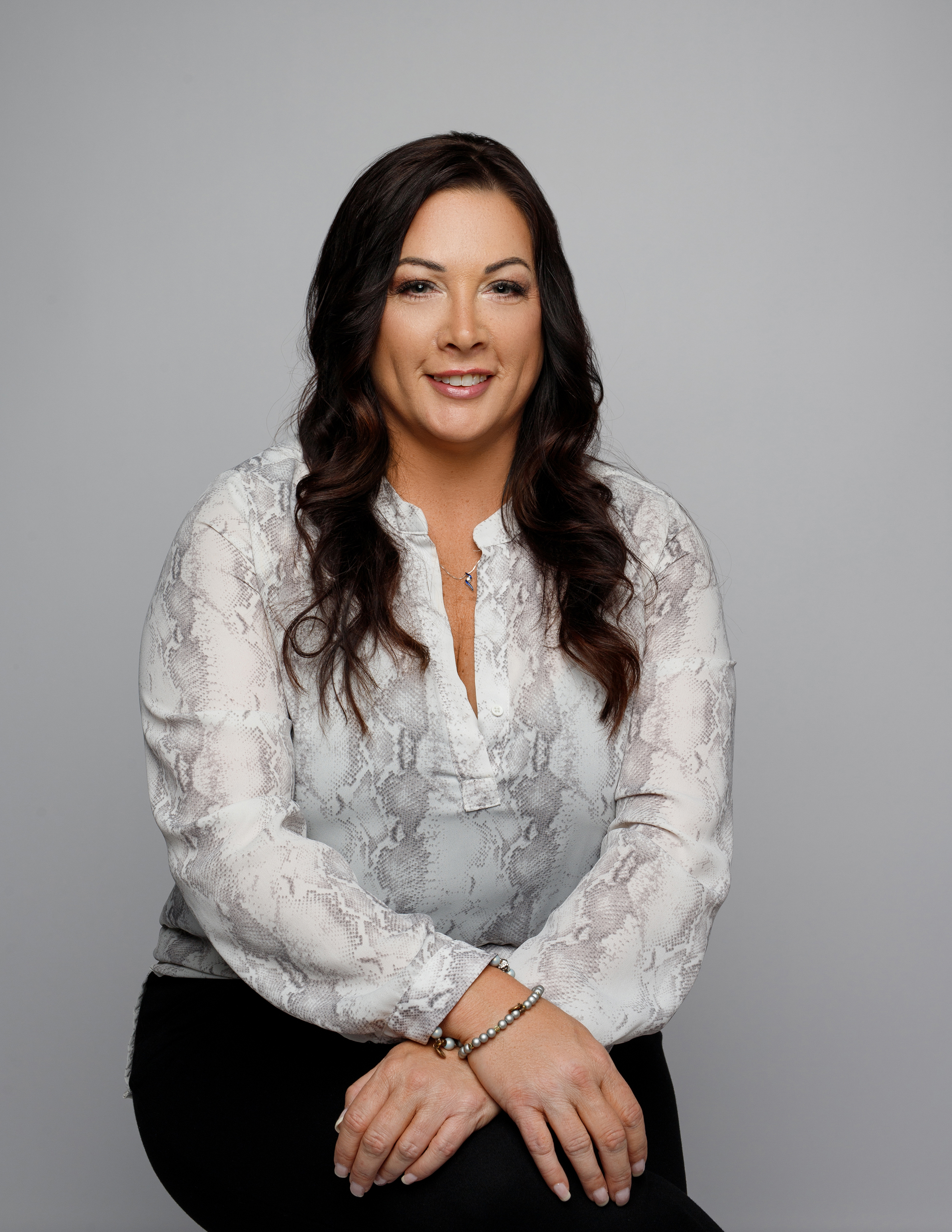
Getting a mortgage is a major part of the homebuying journey, but many first-time borrowers wonder: “how does a mortgage work?” While the basic concept of a loan might be simple, mortgages come with an entire process consisting of multiple stages.
Most borrowers begin by comparing mortgage lenders and getting preapproval for a specific amount of money. But what happens after approval? What about monthly payments, amortization and interest? How do you know the amount of money you need?
To help answer these questions and more, here are some important nuances of mortgages every prospective homebuyer should know.
Amortization is a term for paying back a loan in equal, scheduled payments. For home mortgages, this comprises your monthly mortgage payments over the entire life of the loan.
An amortization schedule for a mortgage has some part of each payment going toward paying interest and another part toward paying the principal. To start, the amount paid toward the principal is less than the interest, but will grow over time.
The beginning of the repayment schedule is another important aspect of mortgages to be aware of. Unlike rent payable the first day of the month, a mortgage payment must be made in advance. When the home sale is final, your very first payment will typically be due one month after that date.
For example, if closing occurs on January 25, your first payment will be due February 25. Each payment covers principal and interest for the prior month. However, there are some instances in which you can prepay interest. You can discuss these details with your lender.
Before you apply for a mortgage, you’ll want to know how much money you actually need to borrow - and how much you can afford to pay back. The best way to do this is by using a mortgage calculator to figure out the amount of your mortgage payments (M), including principal (P) and interest (I).
There are plenty of calculators available online you can use, or you can use the following equation:
M = P [ I ( 1 + I )^N ] / [ ( 1 + I )^N – 1 ]
In this equation, P equals the total principal amount borrowed, I equals the interest rate and N equals the number of payments (usually months). You can solve for M to find the amount of your monthly payment and the total cost of the loan.
While these are only a few of the important things to know about how mortgages work, they will help you navigate the process of borrowing money to buy your dream home.

Congratulations!! You have found The Agent who truly believes in treating others the way she would want to be treated. I was NOT born a Bay County resident; I'm a transplant from Georgia. This actually gives me a bit of an edge in seeing things through the vision of a newcomer. This edge is the fact that I've done all the research and traveling to find the attractions, benefits, events and a wealth of other information most new arrivals to beautiful Bay County are seeking to find. I will walk that mile (or more) with YOU to find YOUR IDEAL IMAGE HOME. Although each of us has different wishes for our homes, we can all agree that we want it to be "A place of refuge, comfort, hope, memories and happiness". I know Bay County extensively and I'm familiar with being in the military "family". I am an extremely proud Retired Air Force spouse. My motto as your agent is: "It is my mission to treat YOU as I would desire to be treated". I would like to help you with full integrity, on a timely basis and with positively your best interest at heart. If you are currently a Bay County resident and wish to sell or purchase a home, please consider my services as well...because; that same integrity used for newcomers will be exactly the same for locals!